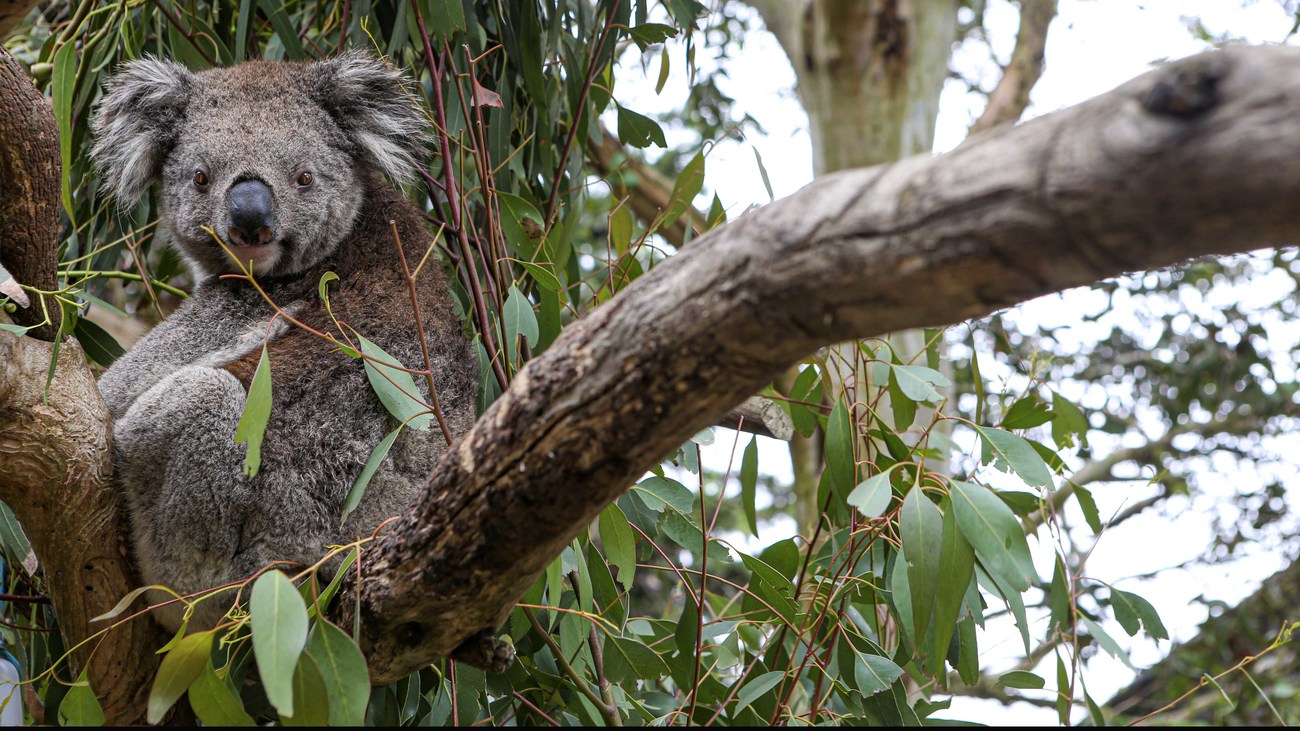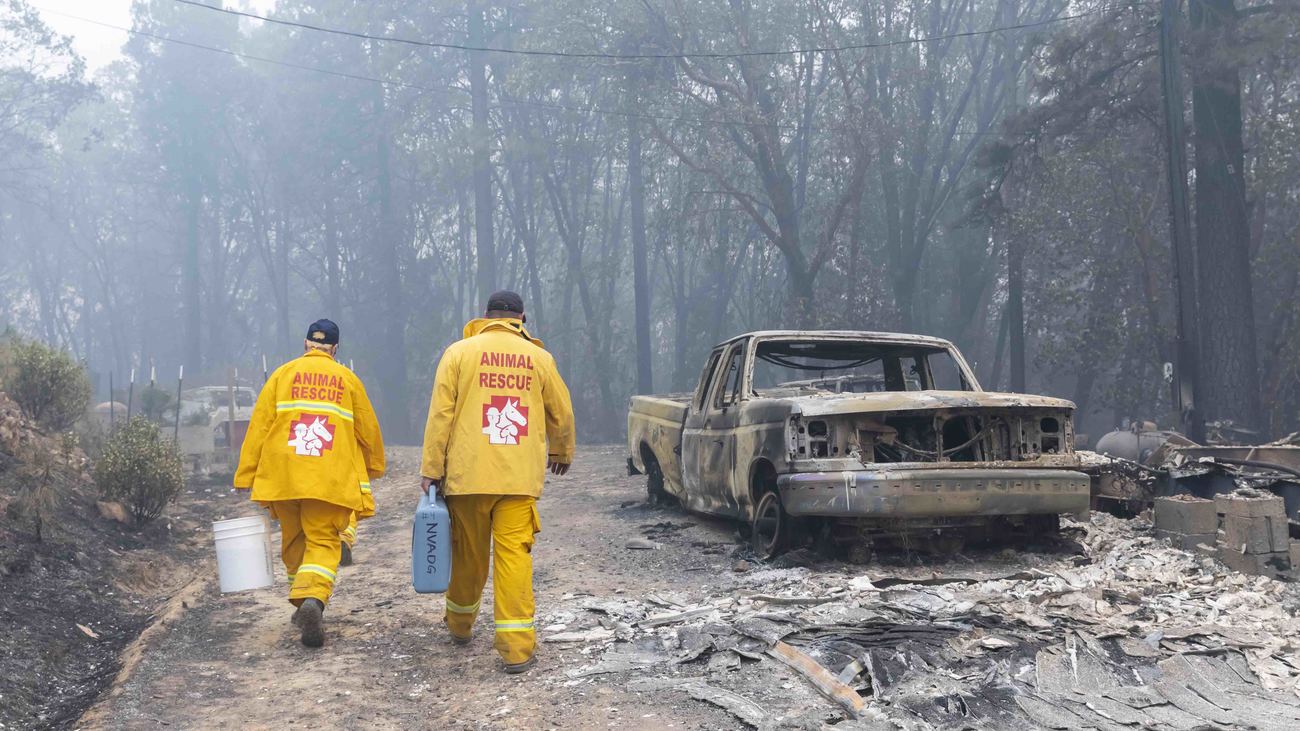Rescuing animals during disasters - United States
In a disaster, animals can’t ask for helphow wildfires impact wildlife
how wildfires impact wildlife

Like all natural disasters these days, wildfires are becoming more prevalent across the globe. In recent years, we’ve seen tragedies unfold one after the other—like the 2020 bushfires in New South Wales, Australia that killed an estimated 480 million animals. And the North Complex wildfire in California that left more than 318,000 acres burned and displacing local wildlife like deer, bears and coyotes.
Unlike people, who rely on news channels and emergency alerts to warn of an approaching wildfire, animals rely on their innate abilities. Many animals use their keen sense of smell and awareness of their surroundings to detect early signs of a fire, but sometimes there’s just not enough time to flee to safety. Small animals like reptiles and amphibians who cannot outrun the fire will shelter in burrows or under rocks. In other cases, wild animals with young ones or those trapped by man-made structures, like fences, may not be able to escape. Whether left to face a wildfire head on or at a seemingly safe distance, all kinds of wildlife—mammals, birds, and fish—are greatly impacted by these disasters.
Physical injury from wildfires
For animals trapped in the path of a wildfire, the impacts can be life-threatening (or debilitating). Thick smoke from fires can disorient animals, irritate their eyes, and cause difficulty breathing. Burns cause extreme pain and can lead to mass wildlife mortalities, as seen with the koalas in the 2020–2021 Australia bushfires.
It’s not just land animals who suffer from wildfires—fish and marine mammals are greatly impacted as well. When wildfires burn plastics and non-natural materials, the leftover residue causes heavy run-off of toxins that can contaminate bodies of water. Burnt plants and brush disintegrate into nutrients like nitrogen and phosphorus. When rain sweeps high concentrations of these nutrients into aquatic ecosystems, dangerous algae blooms may occur that can lead to loss of underwater oxygen and dead zones.

Loss of habitat
One of the most dangerous aspects of wildfires is their ability to spread quickly and wipe out critical habitat. Wildfires can burn through a forest at a speed of 10 kilometers (6 miles) an hour. Loss of habitat greatly impacts all animals. Species that annually return to the same breeding ground and nesting sites are especially threatened by wildfires. In some cases, it can take years for a species to recover after missing a breeding season and reestablishing a secure home.
Limited food and water sources
Food sources are often destroyed or contaminated during wildfires, leaving wildlife with no choice but to enter a new territory beyond their home range. As the animals travel in search of food and habitat, they are at risk of additional threats like vehicle strikes, attacks from domestic pets, and new predators. Once they arrive at a new territory, they often face territorial disputes and have to compete with other animals over limited resources. In times of disasters like wildfires, it’s very common to see wildlife in unusual places as they disperse in search of resources and safe land.

What you can do to protect wildlife from wildfires
- Become more aware of your own natural surroundings to include your forests and bodies of water. Learn about your local wildlife and consult local authorities on how to reduce any negative impact of wildfires on wildlife habitats and well-being.
- During a wildfire, provide wildlife space to flee by keeping your pets leashed or inside to prevent any conflict situations. Watch for wildlife fleeing the fires on or near roadways. If you live in an urban or suburban area, you may encounter more wildlife than normal since they are running to a safer place.
- If you come across an injured wild animal, contact local authorities before intervening so that they send experienced wildlife personnel to help or provide appropriate advice. Human interaction by well-meaning people can sometimes lead to further injuries for the animal, and puts the person at risk as well.
- It is so important to perform regular population surveys and risk assessments wherever wildlife live before a fire or other natural disaster. Support local conservation efforts and advocate for your local groups that survey wildlife populations. Reach out local conservation groups to explore opportunities to create and maintain healthy ecosystems.
Related content
Our work can’t get done without you. Please give what you can to help animals thrive.